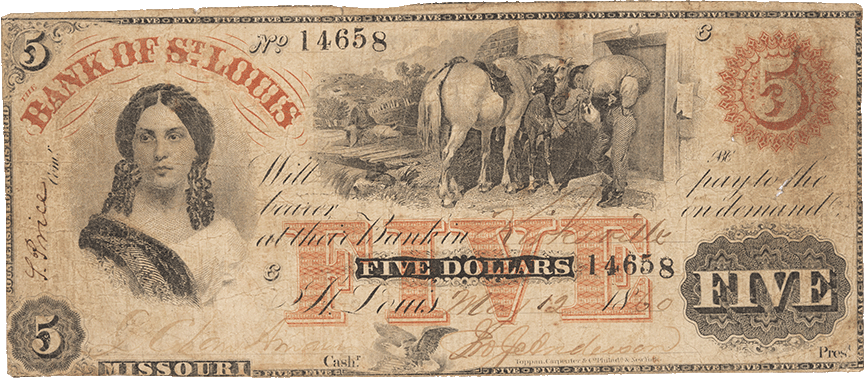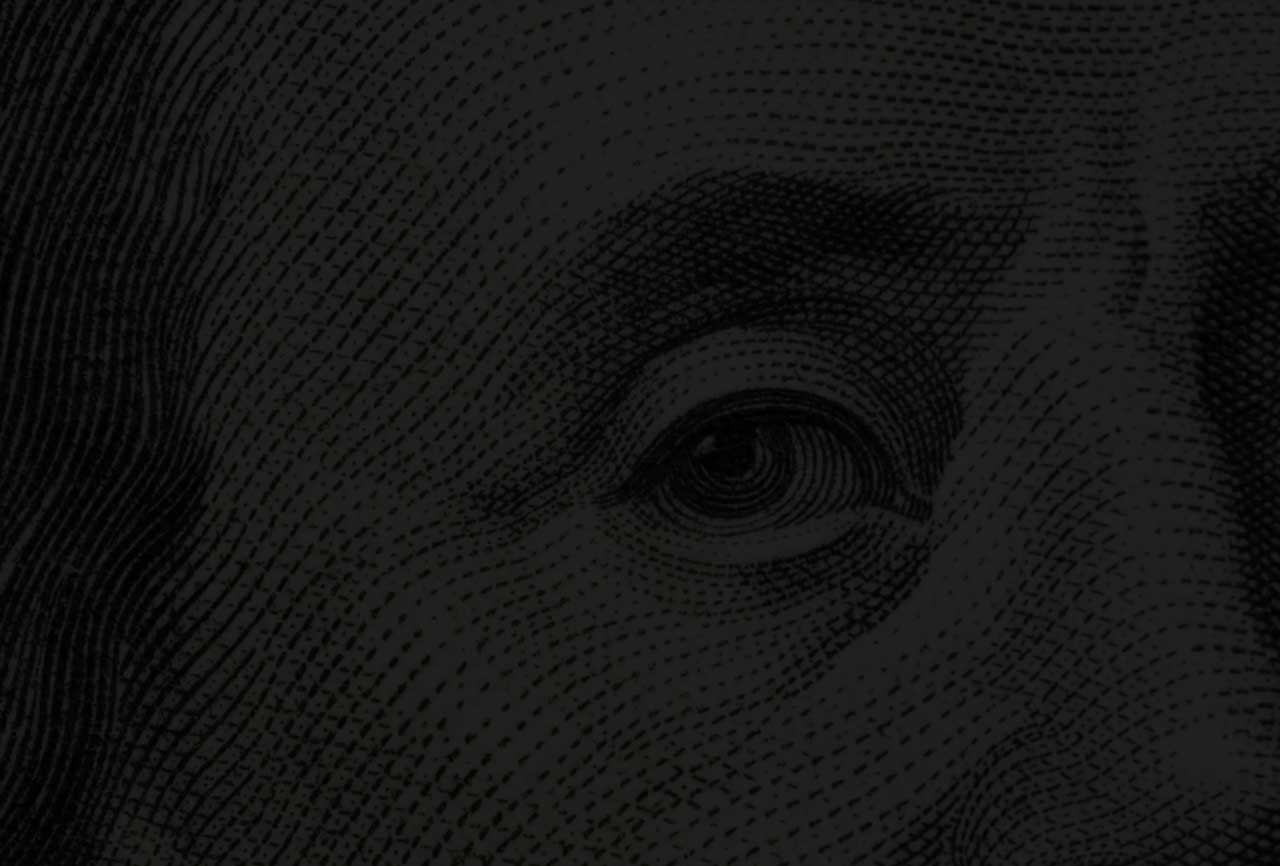Money & Coin Collection:
Photo Gallery
Take a peek inside our “Collections Vault” and see some of our off-display currency!
In the collection below: Though historical female representation on United States currency is limited, women’s images have been used time and again in detailed artistry to celebrate foundations of our nation, including freedom, stability and industry.
Click on each image to open a high-resolution version.
1854 “Braided Hair” Half Cent Coin
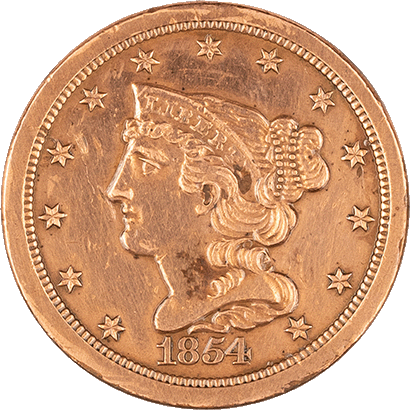
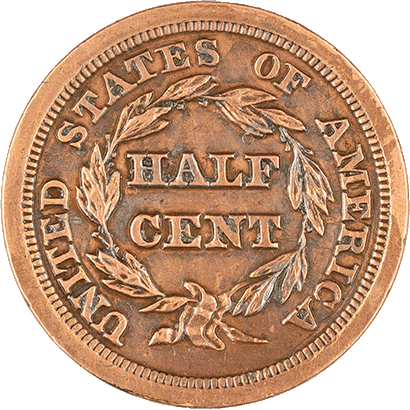
This coin features Lady Liberty with the word “Liberty” inscribed on her headband, surrounded by 13 stars representing the 13 original U.S. colonies. Braided Hair cents first appeared in 1839 as U.S. Mint employees’ improved skills allowed them to make dies with almost microscopic detail. The mint stopped making the coins after 1857 due to the high production costs.
1860 “Seated Liberty” Half Dime Coin


The half-dime was the linchpin of a decimal coinage system originally supported by Thomas Jefferson and Alexander Hamilton. This system sets coin values by tenths and hundredths of a dollar instead of eight parts or “bits.” The half dime’s design, known as the “legend obverse” type, has a “wreath of cereals” motif on the back, featuring sprigs of corn, wheat, oak and maple tied with a bow.
1917 “Standing Liberty” Half Dollar Coin
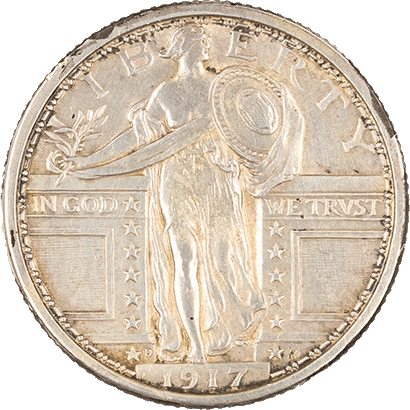
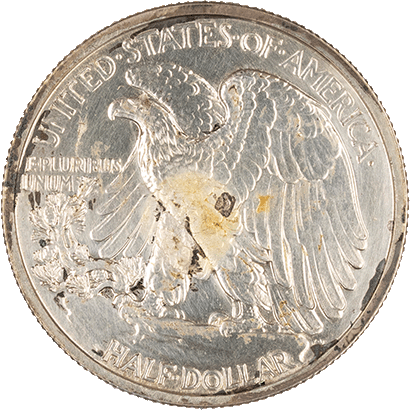
This coin gets its name from the design of a striding Lady Liberty wrapped in an American flag. Then-Director of the Mint Robert D. Woolley wrongly believed that coin designs had to be replaced after 25 years, and the coin was created after sculptor Adolph A. Weinman won a nationwide design contest. Striking Weinman’s designs turned out to be difficult, however, and eventually production was stopped when it was discovered that the coins wouldn’t work well in vending machines. Problems continued after redesign, and in 1948 a new half dollar commemorating founding father Benjamin Franklin replaced the coin.
1860 Bank of St. Louis $5 Bill
